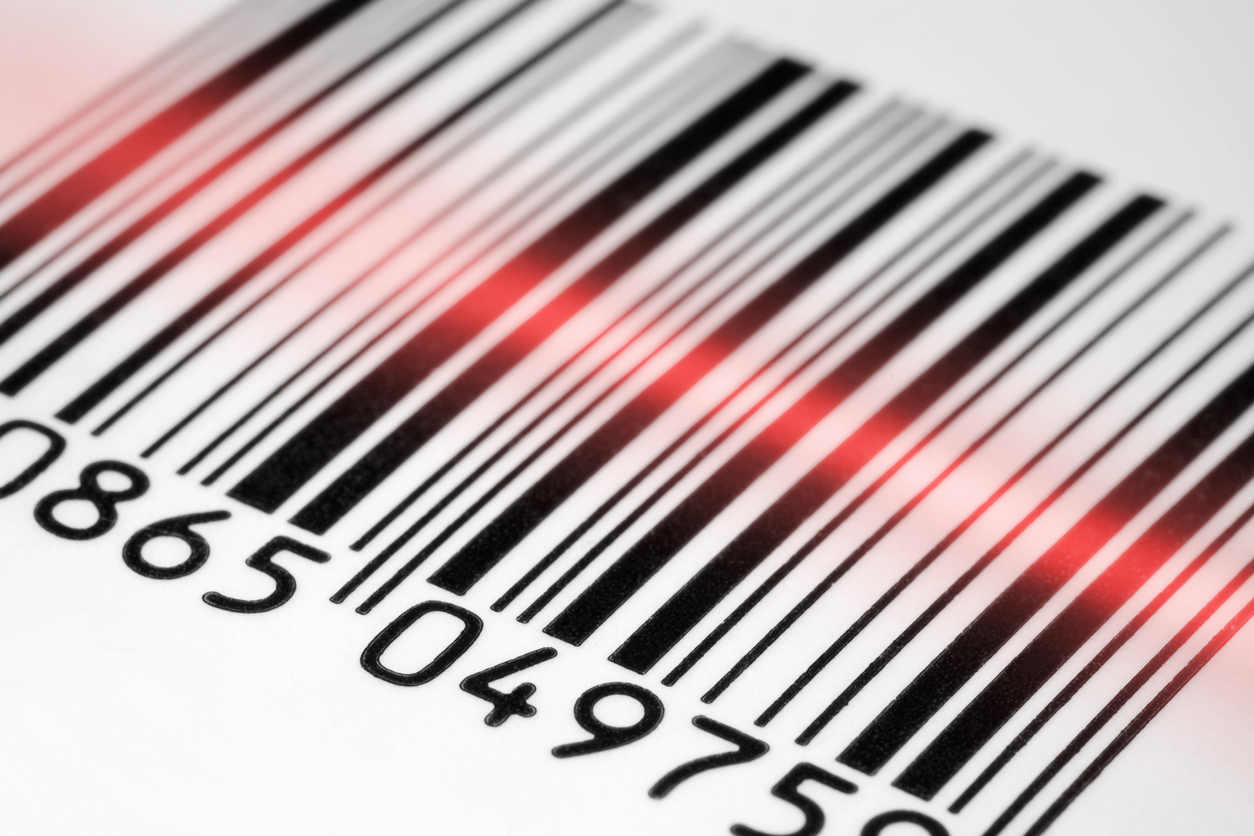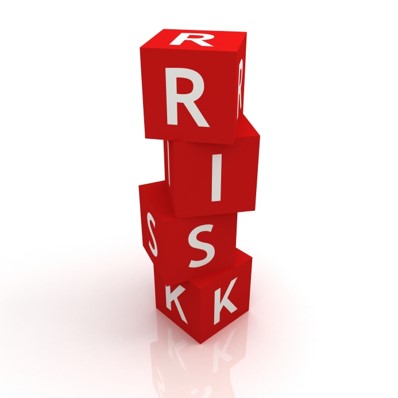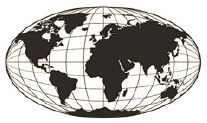
What is it? This is a system by which medical devices are identified through their distribution and use. UDI information must be placed on the label and/or package of the device and will be both human and machine-readable form. The UDI is a set of alphanumeric codes which consists of both a device identifier (this is company and product code) and production information (manufacturing information: product name, expiration date, lot/batch numbers, manufacturer details). How and when to comply: US (FDA)In 2013 the FDA released a rule which determined that there would be......
Continue Reading
0
Understanding MDSAP
Posted by:KD&A Team
November 13, 2018
in:EU, FDA, Medical Technology Regulation, News, TGA, Uncategorized

MDSAP (medical device single audit program) is an international program, which allows a single regulatory audit of medical device manufacturer’s QMS’ for the following regulatory agencies: • Therapeutics goods Administration (TGA) – Australia • Agência Nacional de Vigilância Sanitária (Anvisa) – Brazil • Health Canada (HC) – Canada • Food and Drug Administration (FDA) – US • Ministry of Health and Labour and Welfare (MHLW) – Japan The benefit of MDSAP, is one single quality system inspection that will encompass 5 markets versus having to complete 5 separate audits. One single audit......
Continue Reading

Risk management is a key component to demonstrate regulatory compliance for medical devices, it contributes to the medical device company’s ability to meet the regulatory requirements for approval from local regulatory authorities. Effective risk management is essential for determining whether the benefits of the product outweigh any potential risk to the patient. ISO 14971 ’Medical devices – Application of risk management to medical devices’ is the international standard for the application of risk management by a manufacturer to medical devices, including in vitro diagnostics (IVD’s). ISO 14971 is accepted by the TGA......
Continue Reading

The global medical device regulatory space is becoming increasingly complex, making a well defined and researched regulatory strategy vital for medical device and in-vitro diagnostic (IVD) companies. With many changes planned for the next few years, a regulatory strategy ensures that you are well informed and aware of all existing requirements as well as any new or updated ones, which may impact the marketing of your device. We define the regulatory strategy as the ‘roadmap to market’ – because this describes the regulatory requirements that need to be addressed. There are a......
Continue Reading

The development of a sound regulatory strategy is an essential starting point for medical device and in-vitro diagnostics (IVD) manufacturers. Regulatory strategy planning is critical to ensure compliance with all legislation and standards, particularly because the regulatory environment can vary from country to country. When developing a strategy, there are several factors that must be considered including customer needs and the nature of a particular target market. What changes software into a medical device? The definition of a medical ‘device’ also tends to vary by country so a good starting point is......
Continue Reading

The International Medical Device Regulators Forum (IMDRF) was created in February 2011 as a forum of medical device regulators from different regions around the world with the aim to build on the strong foundational work of the Global Harmonization Task Force on Medical Devices (GHTF), and to accelerate international medical device regulatory harmonization. The IMDRF members are Australia, Brazil, Canada, China, Europe, Japan, Russia, and USA.The latest development of the IMDRF is the creation of a Table of Contents (ToC) intended to provide a harmonised international electronic submission structure for the evaluation......
Continue Reading

The International Medical Device Regulators Forum (IMDRF) began work on developing documentation to facilitate the Medical Device Single Audit Program (MDSAP) in Singapore in 2012. The Pilot Program is now due to begin in 2014 and will bring a new era for medical device manufacturers. The global approach to consistent audit requirements is hoped to facilitate improved monitoring of devices and reduce burden for manufacturers. The MDSAP is designed to ensure a single audit of a medical device manufacturer will provide efficient and thorough coverage of the diverse international regulatory requirements of......
Continue Reading

At a meeting held in Singapore the International Medical Device Regulators Forum (IMDRF) (initiated to carry out a similar role to the now disbanded Global Harmonisation Task Force (GHTF)) a number of progressions were made. The Forum includes international medical device regulators from Australia, Brazil, Canada, Europe, Japan and the USA and has an aim to strategically accelerate international medical device regulatory convergence. It is hoped that this will provide medical device manufacturers with a more efficient path to certification worldwide. As indicated above, the Forum has fundamentally similar objectives to the......
Continue Reading

The FDA (US Food and Drug Administration) has announced plans to ease the pre-market notification, or 510(k), requirements for certain in-vitro diagnostic (IVD) and radiology devices with well established safety and effectiveness profiles. In a draft guidance document, the agency has listed 30 different device types that it intends to exempt from 510(k) notification requirements through the appropriate regulatory processes. Stakeholders had until October 2011 to submit feedback on the guidance, which includes devices for which FDA believes that a less stringent oversight would not compromise public health and safety. These include......
Continue Reading

The FDA has issued a new guidance to manufacturers detailing when to submit a new 510(k) for changes or modifications made to that manufacturer’s previously cleared medical device. This guidance replaces the 1997 guidance document and is important to those considering making changes to a previously approved device....
Continue Reading
